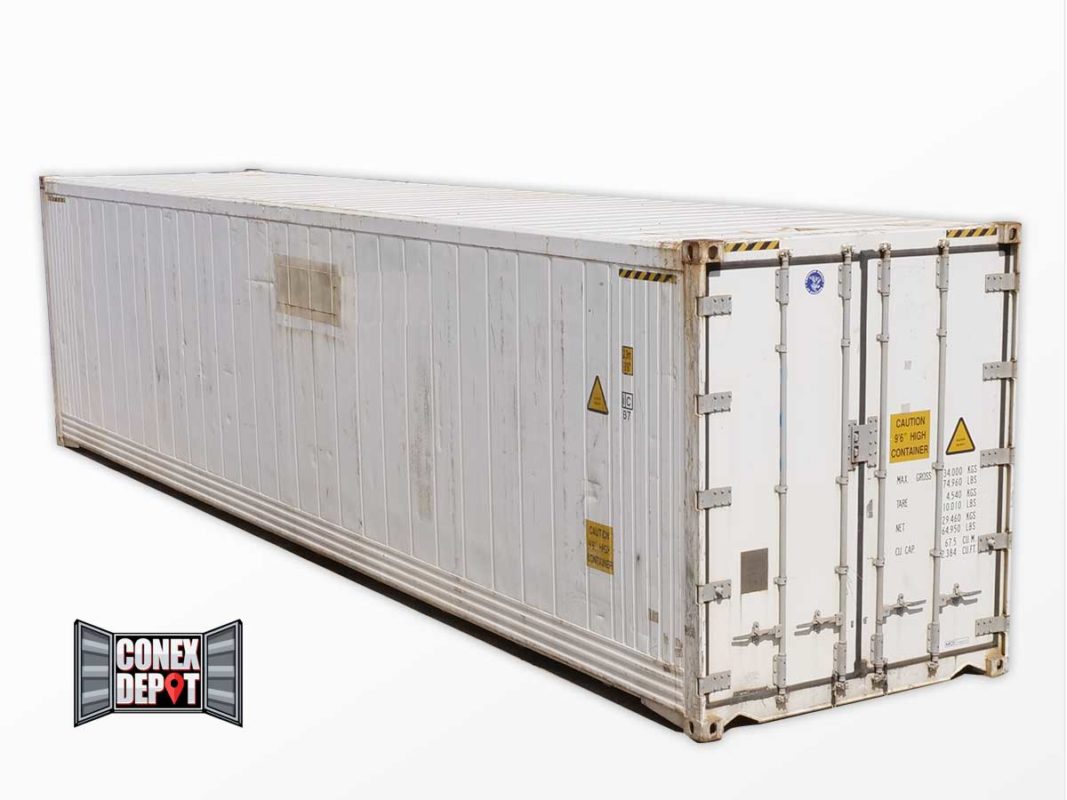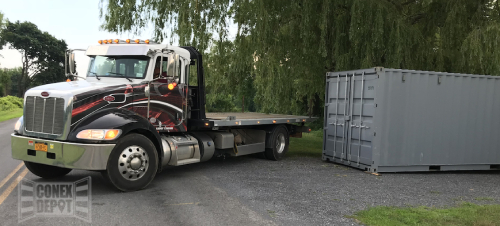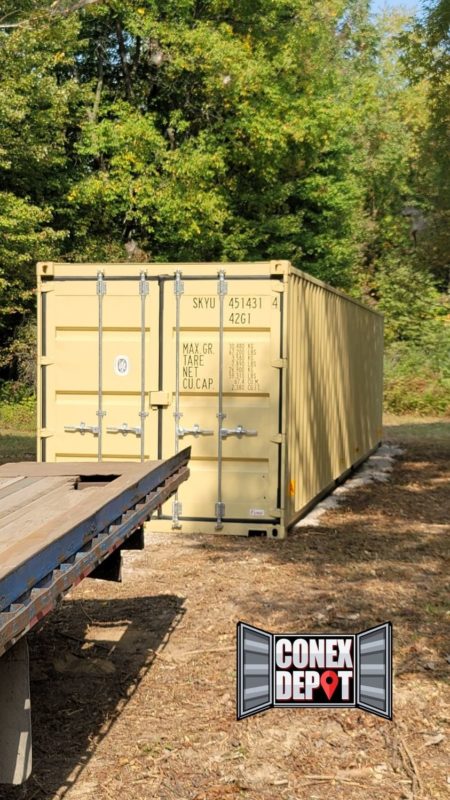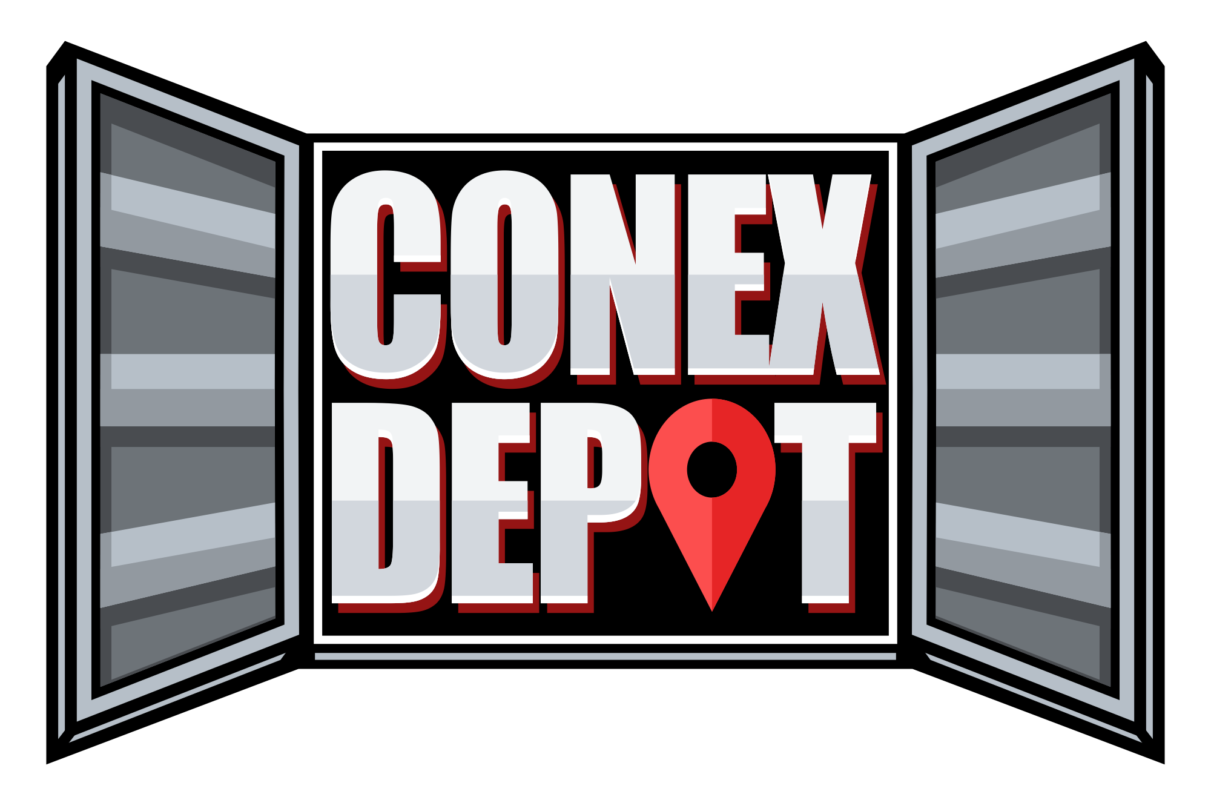Beginner Guide to Shipping Containers, Shipping Containers For Sale
Top Mistakes In Buying A Shipping Container
You have made the decision to join the thousands of Americans who have bought a used shipping container for their business idea, building project, or home storage. Before you pull out your credit card and buy your container, have a read of the most common mistakes people make when buying a shipping container.
Paying attention to these potential pitfalls could save you some grief down the road.

1- Picking the wrong container for your needs
The biggest mistake is selecting the wrong size or grade of container for your needs. What if you underestimate the amount of stuff that you need to store in your container? What if you pick a container that results in blowing your budget when you could have saved money by choosing a cheaper container?
This bears looking into further, as there are a number of factors that you need to carefully consider before plunking down your money. You want to avoid prematurely picking a used shipping container only to have buyer’s regret after it’s in your possession and it isn’t really doing the job for you.
Before settling on a steel cargo container, it is important to determine the job of your container.
Questions to Ask
The first question is: What sort of goods is it going to hold?
Does the appearance or newness of the box matter for your purposes?
Where are you going to be positioning your container for easy access?
Do you need to modify your cargo container to fit your specific use case?
These questions help narrow down the size and grade of the container you are ultimately going to buy.
There are three main sizes most commonly available: 10 ft, 20 ft, and 40ft. Obviously, if you have a lot of stuff to store, you will need a bigger container such as a 40 ft length. It’s fine if you have extra, unused space in the container, but if you underestimated the amount of storage space that you required, you will find yourself wishing that you went with a larger Conex container.
Take the time to measure out the rough dimensions that your goods will take up. This will give you a better idea of how much room you will need and what size container it’s going to take.
We have seen many customers who thought they knew how much stuff a standard 20 ft x 8 ft container will hold, only to discover upon delivery that they had underestimated how much space they actually needed. They realize to their chagrin, that they really should have gone with a bigger-sized container.
One shipping container customer brought up a great point – they initially purchased a smaller shipping container based on what they were shipping at the time in their business. However, they didn’t consider that they needed additional capacity as their business grew and they expanded – which was their goal all along.
Consider the potential for growth and/or increased future requirements before settling for a smaller-sized container. If you started with a smaller container, you will have to buy additional containers or upgrade to a larger, second size as your needs expand.
2- Only wanting a new container instead of Used
Many consumers buying a shipping container may be attracted to the shiniest, newest-looking shipping container. There’s nothing wrong with going for the newest unit, but let’s consider the advantages and disadvantages of new vs used. You might be spending more on a shipping container than you need to.
Sure, a sparkling new container will eliminate your concerns about the condition of your box, but is it really necessary?
Let’s not forget that shipping containers are engineered to be sturdy and built out of weather-resistant Corten steel. These are TOUGH steel boxes! A used container will likely have some external “bumps and bruises” in the form of dents, rusts, or scrapes when the paint is removed and the steel exposed underneath. But these problems are cosmetic and don’t affect what’s really important: keeping its contents safe, dry, and secure.

Used cargo containers are a more attractive and affordable price and are often in very good condition and will store your items for many years into the future.
Unless your container use demands a shiny new appearance, you may be wasting your money on a brand-new Conex container. It’s worth considering that reusing used containers is also a more environmentally friendly choice. Repurposing an old cargo container can give it new life and reduce waste. All you need to do is check to be sure that your container has no holes or other major defects and you can refurbish your well-used old container with a thorough cleaning and a fresh coat of paint.
Used models may have some damage but can be cheaper by around 30% to 50% less than the price of new containers. If you’re on a tight budget, buying used ones might be the best option for you
3 – Purchasing A Pre-owned Container that has been heavily modified
This problem is more related to those individuals who bought a previously owned shipping container directly from another individual – as opposed to from a shipper container depot.
They may have found the container for sale on Craigslist or Facebook Marketplace and bought it for a bargain price. However, after they start to use the shipping container, they discover that the previous owner had made several modifications that negatively affected the structural integrity or accelerated the corrosion of the metal on the walls, roof, and floor.
Renovating a used shipping container is one of the major advantages of buying your own container. However if the container modifications were not modified by an experienced, legitimate company, these over-modifications may create difficulty to identify weaknesses in the container structure leading to unwanted deterioration like scrapes and dents which increase the development of rust and corrosion. Structural problems are even more insidious as they may cause the shape of the container to warp making doors difficult to close. And worse, the structure collapses and causing the container to become completely unusable.
Don’t buy the container if it appears to have had significant segments of steel cut out of the walls or floor – destabilizing the structural integrity. Otherwise, you could end up with a shipping container that collapses or seriously warps when you attempt to move it or use load it.
4- Neglecting to protect against moisture
Have you heard of “container rain” before? Be thankful that you are reading about it here instead of discovering that your stored possessions inside your container have developed mold or suffered moisture damage due to humidity-related problems inside your shipping container storage space.
You might be asking: why do you need to control humidity inside a watertight container?

The answer is moisture condensation which promotes rust and corrosion and allows mold to start growing. If you live in a region where temperatures can range from extremes of very hot or very cold – then you may need to think about putting insulation in your Conex container.
The walls and ceiling of your cargo container are constructed out of metal – which conducts heat easily. This conduction of heat leads to a sneaky problem: moisture condensation accumulating on the walls of the container. A buildup of moisture can potentially damage the materials that you are storing inside. In the heat of summer, the sun beats down on the roof of the Conex box. This temperature rise in the ceiling causes the humidity in the air to begin to condense at the top of the container interior.
Moisture droplets begin to collect on the ceiling and upper areas of the walls, resulting in what we earlier called “container rain” or “container sweat.” Unchecked, this moisture buildup can start to drip onto items stored inside your container.
In an environment with excessive moisture, mold can start to form, damaging sensitive stored goods that you thought were safe.
Humidity that condenses on metal surfaces will start to corrode and form rust on the metal surfaces. If you allow rust to gain a foothold in the metal walls, your shipping container will begin to deteriorate.
Pay attention to potential moisture problems BEFORE any real damage occurs.
Read: How To Insulate your shipping container https://www.conexdepot.com/how-to-insulate-a-shipping-container/
5- Neglecting to place a foundation underneath the container
Shipping containers are heavy objects. The standard 20 steel shipping container weighs in the area of 2,300kg or 5000 lbs. If an object this heavy is not situated on a firm, level surface, then should the ground is affected by water or shifting sand or clay, the weight distribution of the container can be negatively affected.
The Conex container should rest on a level surface so that the weight of the container is distributed evenly onto the four container corners. Without an even surface to rest on, the container sides may start to buckle and develop a structural twist in the container walls. This will cause misalignment, making the doors difficult to open and shut correctly.
For example, if the container is placed on the earth in the yard of your property and due to rain or snow melt, the soil under it shifts or is affected by erosion,Q a problem can develop. If your container is resting on a firm, stable surface like asphalt or concrete, then you are unlikely to experience any problems.
What can you do to avoid this problem? An easy and economical solution is to place paving stones, blocks of wood, or railroad ties under the container bottom for support. These supports are usually positioned at the corners for best load distribution. If the earth in the area where the container will rest is soft and has poor drainage, laying some gravel in the spot will improve things.
With a simple foundation like this thought out ahead of time, you are also saving yourself from a major headache down the road if you need to move the shipping container. It’s far easier to load the shipping container if there is space under the floor. Maybe you need to move your home or business. Perhaps you simply no longer need the shipping container and want to sell it. Planning ahead and having the foresight to place a few blocks under the container is going to save you from a major headache when you are faced with having to load the container on a truck to move it.
6- Buying a container from the wrong source
As in any consumer purchase, it’s buyer beware. If you are looking at laying out several thousand dollars for a new shipping container – you want to buy from a reputable source.
How do you know if the source is reputable? An established business that specializes in selling cargo boxes is going to be a safer bet than buying a used box from a stranger on Craigslist. Sure you might find a real bargain through a private buyer, but what recourse do you have if the container turns out to not be as promised? And remember, if the deal seems too good to be true, it probably is. You might be unwittingly buying a used box with hidden corrosion or structural defects that are not readily apparent.
Established shipping container sellers will have a professional website, and support staff who can answer any questions.
A good indicator is a seller that offers a wide variety of different container sizes and grades. Of course, if the company has a depot that is located close to your location, the delivery fee will be correspondingly lower. Check their website for testimonials from happy customers who have already bought a used shipping container from them. A proven track record of satisfied customers is a positive sign.
Doing your due diligence before taking out your credit card could be the difference between a good deal on a quality shipping container and a major waste of your time and money. While it’s understandable to look for the cheapest price on it used shipping container, just don’t be tempted to jump at the lowest price without other considerations. Avoid buyer’s remorse.
We hope this article has given you some knowledge and awareness of how to avoid the most common problems in buying a used shipping container. Good luck!



 Quick Quote
Quick Quote
